There’s nothing better than a beautiful plant you can also eat! Learn about 9 edible ornamental plants you may already have in your yard.
Yes, it’s true. While many people grow ornamental plants sheerly for their beauty, many of these plants are also edible. Take a look below for a list of edible ornamental plants you may already be growing in your yard!
#1. Hosta (Hosta spp.)
Hostas are adored by gardeners from zone 3 through zone 9 as an easy, adaptable perennial. Their lush, full foliage is their primary feature. They come in a broad range of colors, and their funnel-shaped flowers bloom all summer long, even well into the fall months of September and October.
Hostas can often be found in decorative plantings on either side of the front doorway, as well as in rows along driveways and walkways. Being quite shade-tolerant, they are frequently grown in the shadier areas of flower gardens.
In addition to their decorative appeal, hostas are in the same family as asparagus—and yes, they are edible. Hostas are a common vegetable in Japan, known as giboshi.
While the Montreal Botanical Garden classifies all species as edible (there are about 45), the most popular species for eating are Hosta montana and Hosta sieboldii.
For consumption, hostas are at their prime when they start to emerge in the spring—that is, when the young leaves are furled (they are called hostons). They can be eaten raw in salads or steamed as a veggie, being similar in taste to asparagus.
You May Also Enjoy:
“Growing Kohlrabi: A Sweet and Tangy Cool-Season Crop”
“Growing Mâche: The Little Lettuce That Lasts All Winter”
“Mustard Greens: What You Need to Know Before You Grow (With Recipe)”
Once the leaves open, they are still quite palatable; however, as the leaves get older, they toughen and become more fibrous. Nevertheless, you can still steam them and see if they are to your liking. Or better yet, juice the older leaves along with some of your favorite fruits to make green juice. Other ways of enjoying hostas are adding the chopped leaves to soups and stews, and adding them to green smoothies.
Hosta flowers are also edible. Although nondescript in taste, the pale lavender flowers do add that fairy touch of interest to salads and appetizers. Slugs, snails, and other insects are also hosta lovers, so choose your leaves wisely and wash them well!
#2. Dame’s Rocket (Hesperis matronalis)
You can sometimes find this beauty growing as an escapee, and in some states she is classified as an invasive weed. But this lovely lavender flower is frequently grown as a border plant, too, favored as much for her heavenly scent as for her striking appearance.
She goes by several names, including dame’s wort, dame’s sweet rocket, and summer lilac. But this tall lady with her 4-petalled flowers is a member of the mustard family.
Similar in taste to arugula, her leaves and flowers can be added to salad for an extra kick, and her sweet-smelling flowers are used to bring beauty to the salad bowl.
Feel free to add her leaves to soups and stews, much as you would any other green.
You May Also Enjoy:
“Growing Arugula: The Rocket in Your Salad Bowl and Garden (With Recipe)”
Dame’s rocket is hardy from zones 3 through 8. She acts like a short-lived perennial and typically only lives 2 years, but she persists where she grows through prolific self-seeding.
In the south, she blooms in April and May, while in northern states her blooms can last into mid-summer. Deadheading her flowers will help to extend her bloom.
Dame’s rocket looks very much like phlox (Phlox paniculata), and both of them might be growing in a garden at the same time.
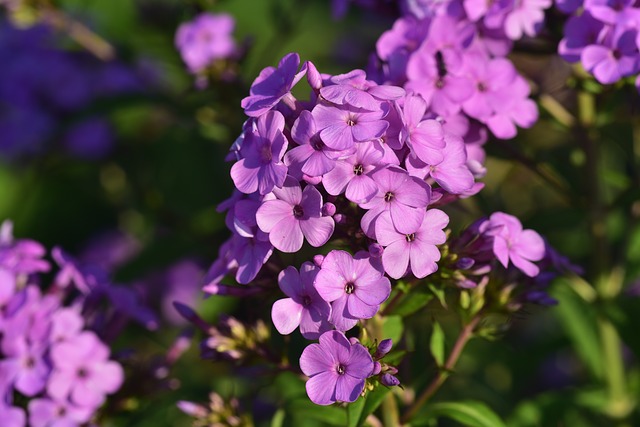
Phlox (Phlox paniculata)
You can tell the two apart because dame’s rocket has 4 petals, while phlox has 5. Like dame’s rocket, phlox flowers are edible and have a pungent taste. Try them in fruit salads to add some “bite” and decorative interest.
#3. Pansy (Viola spp.)
What would summers be without pansies?! These are among the most popular plants sold in nurseries—commonly grown in containers and flower boxes, as well as in the flower garden.
Pansies are sometimes called heartsease, and their smaller cousins are known as Johny Jump Ups. All are in the violet family, and all are edible.
Their taste is kind of like mild wintergreen, and they have a mucilaginous quality. Add their leaves to salads, soups, stews, and smoothies.
You May Also Enjoy:
“Short on Space? Plant an Edible Hedge!”
“Purslane: The Omega-3 You Can Grow for Free! (With Recipe)”
Their pretty flowers make delicate, edible ornaments when topping hors d’oeuvres, added to salads, or candied (using egg white and sweetener) to adorn cakes.
Pansies are sun-loving annuals that prefer moist, well-drained soil.
They come in a stunning variety of colors, including red, blue, and white, so have fun planting and eating different colors!
#4. Borage (Borago officinalis)
This star-flowered lady boasts blue flowers on tall, gangly stems. Her young leaves are sweet, cooling, and have a cucumber flavor.
Older leaves become hairy and have a more pungent flavor. If you don’t mind the hairs (some do, some don’t), you can cut the older leaves and add them to salads. Otherwise, add them to soups and stews, or use them like greens in green juices and smoothies.
A real treat is a handful of the dazzling blue flowers, picked off one by one and then gobbled down as a sweet pick-me-up.
You can also freeze each flower in an ice cube tray. When the holidays come around, add them to drinks for an impressive effect.
You May Also Enjoy:
“How to Make Herbal Infusions, Including a Borage Decocotion”
“7 Ways to Use Pine Trees for Food and Medicine, Year-round”
Borage flowers add flair as a decorative element when placed in salads or when candied (using egg white and sweetener) and used to decorate cakes.
If you don’t use the flowers, they will simply drop to the ground, so do take the opportunity to savor these little nibbles!
Borage is an easy-to-grow annual and self-seeds readily. This edible ornamental plant blooms from late spring into summer. Because it can get floppy and even topple over, consider staking it.
With a preference for full sun and rich, well-drained soil, borage makes a lovely companion plant for tomatoes, squash, and strawberries. Deadhead flowers for increased blooming, and consider planting several plants at different times for a continual abundance of blooms.
#5. Day Lily (Hemerocallis fulva)
Although she is considered a weed in some parts, this orange lady can often be seen flaunting her showy flowers in many a garden. As her name implies, each one of her flowers is open for just one day. While all parts of the plant are considered edible, the leaves—tasting of mild onions—are best eaten cooked when they are 5 inches or shorter and in small quantities. They anodyne and can be hallucinogenic in large quantities.
The opened flowers can be used to add some pizzazz to salads, and can be added to soups and stews to lend a bit of sweetness. You can also stuff them with cooked grains, veggies, pates, and spreads—much as you would use a squash blossom.
You May Also Enjoy:
“Calendula: Lymph Mover, Detoxifier, Cancer Fighter, and Skin Beautifier”
“How to Eat Acorns: The Absolute Easiest Way”
“Chard en Garde Manger: The Delicious 3-Season Green for Food Security”
Another idea is to dry the petals and then use them as flour in your baked goods. You can do this by removing the petals from the stem and stamens and drying them on parchment-laden cookie sheets, or on a solid sheet in the dehydrator. Let the petals dry completely before grinding them to a flour in a high-speed blender or coffee mill.
The unopened flower buds are prized by many for their taste, and they are especially yummy when sauteed in a stir-fry with noodles and other veggies. They can also be steamed, boiled, pickled, added to soups, eaten raw in salads, and dipped in tempura for frying.
The roots have a nutty taste, and should be white in color—don’t eat the brown roots. While they can be harvested at any time, they are best when eaten in the fall. The seeds are also edible.
Be conservative when eating day lilies. When eaten in excess, they are a laxative.
As with any plant, some people have reported allergic reactions. Start with 1 flower a day to test for sensitivities.
#6. Hollyhock (Alcea rosea)
What can be said about this tall lady who conjures images of the English countryside garden? Many have described her flowers as being bland in taste, but I find them to be very pleasing and pleasantly mucilaginous. They certainly make for some showy salads!
The flower buds are also edible and can be added to salads, soups, and stews.
The leaves are edible and can be blanched as you would do to spinach, or chopped and added to stir-fries.
They can also be tossed into the soup or used as wraps: blanch leaves 1-2 minutes, then add in your favorite pate, spread, cooked grain or rice, and roll up. Their bland “green” taste means you can try adding them with fruits into green smoothies and juices.
The fully mature brown or blackish seeds are also edible. Wait until the stem attached to the seed pods begins to turn brown and the papery shell encasing the seed pods is yellowed. Cut the pods from the stem, then let fully dry. Eat as-is; grind and sprinkle over cereal; or add to muffin and bread recipes.
You May Also Enjoy:
“10 Incredibly Powerful Antiviral Herbs”
The roots are also edible and contain vitamins B and C, as well as calcium and many trace minerals, including copper, zinc, and iron. They are best added to soups and stews. You can also dry the root and decoct it as you would marshmallow root tea to help soothe and rebuild an inflamed intestinal mucosa.
Hollyhocks are easy to grow and they self-seed readily. Because of their height (as high as 9 feet or more), they do well in the back of a border with support such as a fence, wall, or stake. They need lots of room (space them 18-24 inches apart), and they prefer moist, well-drained soil. In colder areas they act as short-lived perennials or biennials. They are hardy from zones 3 through 8, and they come in a plethora of colors, so have fun growing and experimenting!
#7. Creeping Bellflower (Campanula rapunculoides)
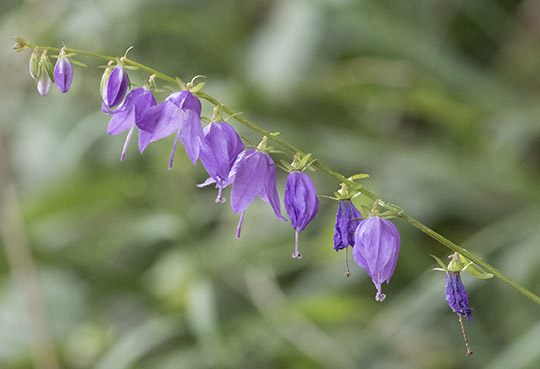
Creeping Bellflower by Zeynel Cebeci; CC BY-SA 4.0
While some consider creeping bellflower to be a highly invasive “weed,” as it self-seeds most readily and even a tiny fragment of its root will spawn a new plant, others find that its pale lavender flowers adorning tall stems are a welcome edible ornamental plant.
If you have thought about pulling it out of your garden, you might want to reconsider, since this lovely lady is edible. When young, the shoots can be blanched and eaten like asparagus. Her leaves can be added to soups or stews or blanched as you would any green. Her flowers are also edible, and they add interesting appeal to any salad.
Her real treasure is in her root, which tastes like parsnip.
Dig up some roots in the fall, and wash, peel, and boil them as you would parsnip. If you’ve never tried this before, a good idea is to boil parsnip at the same time you are cooking bellflower root. Taste each one to compare their differences. I’ve boiled equal amounts parsnip and bellflower and whipped them in a blender with some oil and salt to make parsnip potatoes. You’d never know there was bellflower root in there!
#8. Nasturtium (Tropaeolum)
Nasturtiums are edible ornamental plants that are grown easily from seeds. Their red, gold, and yellows are lovely in flower boxes, as ground cover for borders and edges, or hanging from baskets or trailing down a fence.
They have a peppery taste, similar (some say) to radishes. They add delightful zing and attractive appeal to salads.
You can also use them to add some sass to veggie juices and smoothies, or add them to your soups and stews, where their sharp taste will blend in.
You May Also Enjoy:
“How to Fertilize Container Gardens”
Instead of using crackers in appetizer recipes, consider using nasturtium leaves. Their tangy bite pairs nicely with sweet fruits like cherries and pineapple, and with mild (or even vegan) cheese. The seeds are also edible, and are often pickled and eaten like capers.
Like pansies, nasturtiums enjoy well-drained soil and full sun. They are considered annuals, although some varieties act as perennials in zones 9 through 11. They are easy to grow and they typically bloom in the summer and fall months. Don’t fertilize during their growing season, as this encourages more foliage.
They make excellent companion plants for radishes, tomatoes, and cucumbers.
#9. Chrysanthemum (Chrysanthemum spp.)
Yes, mum’s the word: mums are edible ornamental plants! While the yellow and white flowers are used as a tea in Chinese medicine to help with liver issues, these quintessential fall flowers add a pungent taste to salads. Feel free to experiment with other colors, as mums come in a dizzying array of reds, oranges, pinks, and purples.
You May Also Enjoy:
“How to Make Herbal Infusions”
“Growing Spinach: Pack a Punch in a Little Bunch”
“Sweet Potato Vines: How to Grow This Antioxidant Powerhouse”
The leaves are great to use in stir-fries, and can be added to soups and stews as you would any green. You can also juice the leaves or use them in green smoothies in small amounts. They also freeze and dry well for later use, and you can even grind the dried leaves into a flour to add some extra nutrition to your bread recipes.
There are countless cultivars and varieties of mums to choose from. Would you like a dwarf or a giant? Perennial or annual? Early- or late-blooming flowers? All mums, however, prefer full sun and well-drained sandy or loamy soil.
Other Edible Ornamental Plants
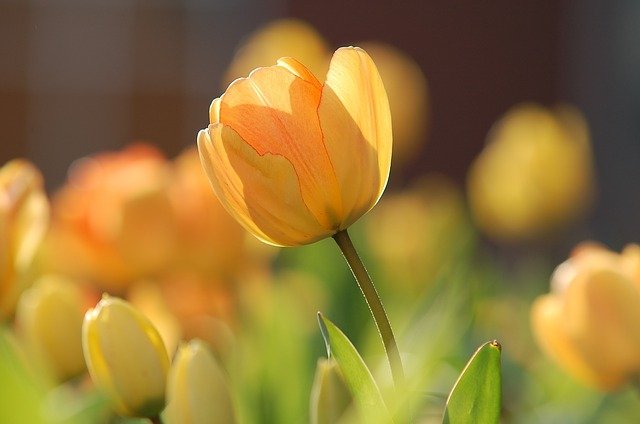
Image by Free-Photos from Pixabay
There are, of course, many other edible ornamental plants that we haven’t discussed here. In fact, you could say that these 9 plants represent but a small sampling of all the edible (and medicinal) plants commonly found in our flower gardens and landscapes!
Here are a few other plants you may be growing already that have edible and medicinal qualities:
• Edible Flowers: Forget-me-nots, begonias (including wax begonias), ox-eye daisies, tulips (petals)
• Edible Leaves: Hyssop, lemon balm, lemon verbena, Chinese skullcap
• Medicinal Properties: Bupleurum (root), peony (root), echinacea (root), feverfew (leaf and flower)
I hope this article has sparked some interest in appreciating your plants anew and seeing some of the additional possibilities they can offer.
What Do You Think?
What are your favorite edible ornamental plants? What’s your favorite way to use them? Let us know in the comments below!
This is an updated version of an article that was originally published September 4, 2015. The author may not currently be available to respond to comments, however we encourage our Community members to chime in to share their experiences and answer questions!
The Grow Network is a participant in the Amazon Services LLC Associates Program, an affiliate program designed to provide a means for our team to earn fees for recommending our favorite products! We may earn a small commission, at no additional cost to you, should you purchase an item after clicking one of our links. Thanks for supporting TGN!

Cat Wilson is a holistic health practitioner who loves plants and meditation. When she isn’t working out or writing, you can find her hugging trees and talking to the wild weeds in her garden. Grab a gluten-free recipe or get some help with going vegan or mindfulness at her website or on her YouTube Channel: Cat’s Raw Paw.
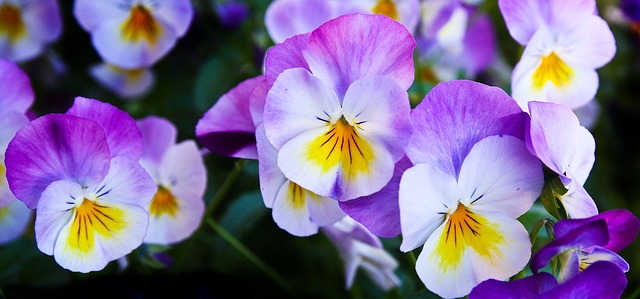
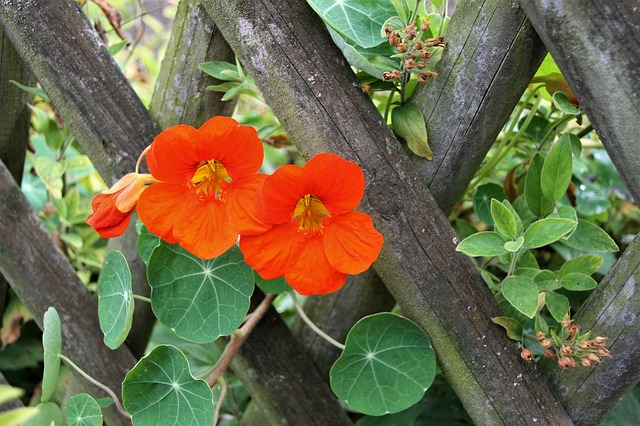
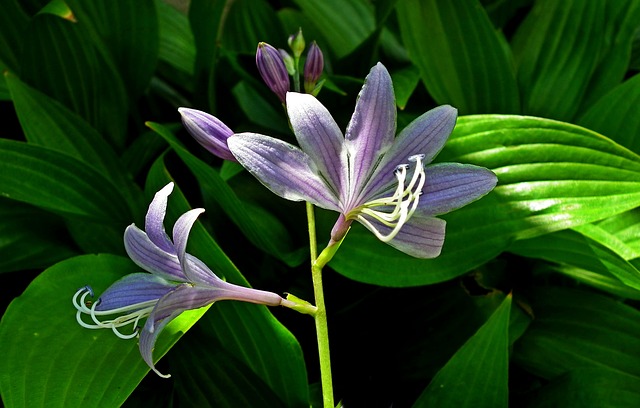
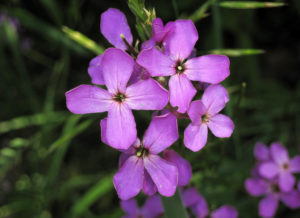
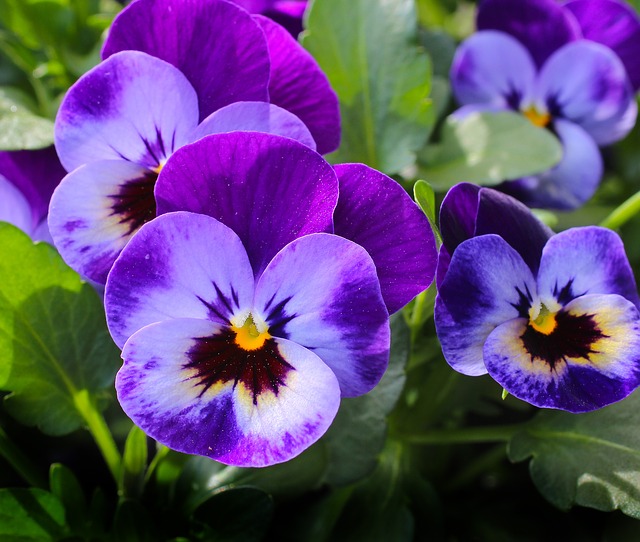
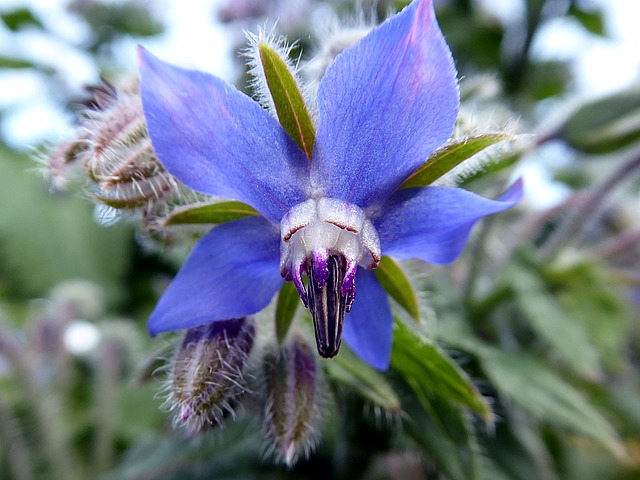
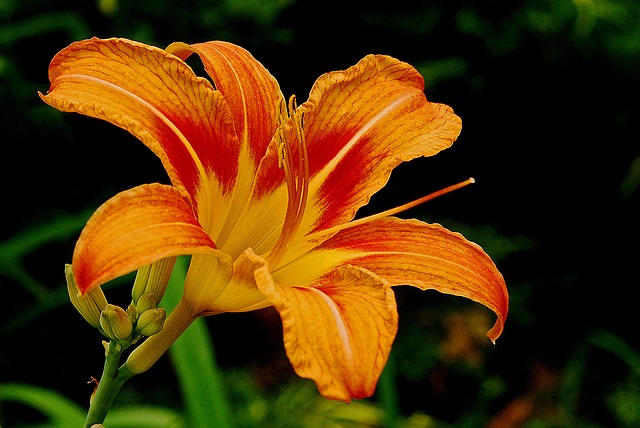
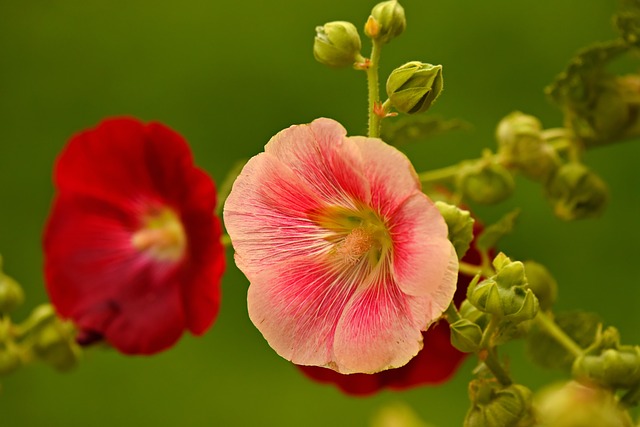
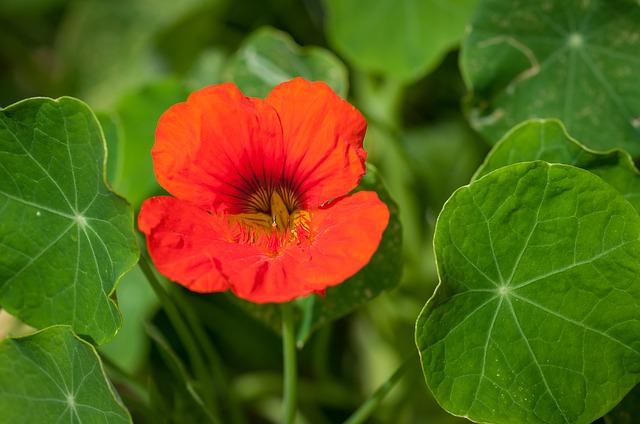
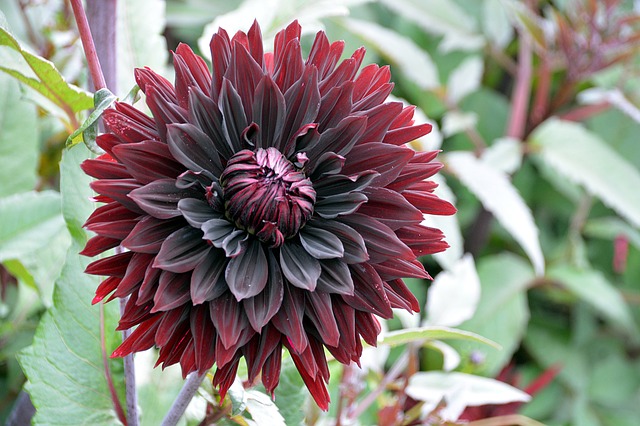







COMMENTS(36)
Great article! I just want to warn people if they’re thinking of buying flowers from garden stores for the intention of eating them later, to make sure those plants haven’t been doused with pesticides/insecticides first. Some stores pre-treat their plants because they aren’t sold as food.
Hi Aimee – That’s a really good point. I wouldn’t eat mass-produced flowers from the box store. Shop at a local nursery, organic if possible, and talk to the staff about how the plants have been cared for. Let them know you’re planning to eat from the plant, and they’ll probably tell you if it’s not safe.
like have to try,thanks.Jeff
Hi Jeff,
Great that you like the article! I hope you have many fun food adventures in your future 🙂
A really great article. I went out to my gardens and tasted everything that I had in season that you recommended….and they were tasty! Thanks so much for the informative article with great pictures too.
Belinda,
That’s fantastic, Belinda! I am happy you enjoyed the article and were able to make use of it right away 🙂
Thanks for your feedback, most appreciated 🙂
The local bees also love borage flowers so look before you eat. Mine is spreading since I first bought one plant 3 years ago. I do need to spread the seed around this fall.
Due to lack of time & energy, I have a very healthy amount of cow thistle. Makes a great smoothie with berries. In my very dry garden it grows along the drip hoses & the worms love to live & reproduce in the roots where it is cool & damp.
Thanks for reminding us to all be wary of the bees, Julia!
Do you mean sow thistle, not cow thistle? If so, yes they are edible, although some will find them bitter tasting! Making green juices with them is an excellent idea! You could also try doing that with true thistles, the ones with the BIG spikes (for example, Bull Thistles).
Thanks for your comments and happy growing!
Wow I learned a few I did not know! I often wondered about hosta.. I dream of the day when the nurseries post all this information on their tags or signs. or at least if it is edible or not.
Phebe,
You’d be surprised that many people who work in nurseries don’t always know what is edible and what is not. After all, ornamentals are grown for their beauty 🙂 But it’s a nice idea 🙂
As Michael mentioned in another comment, just be wary of plants from nurseries. Look for ones that are organic, without pesticides and herbicides.
If you are interested in learning more about plants that are edible, I’d suggest taking some permaculture courses, foraging classes or herbology classes.
I’ll also be writing more articles on wild and not so wild edibles, so look forward to reading about those 🙂
Actually I am not surprised. I worked in one for over 10 years! But I did not know where to find the information. I knew more about edibles than any one else there. And am glad to continue learning more.
Thank you for replying and I will be checking out your website.
No wonder the deer and rabbits eat these flowers before I get a chance to enjoy viewing them.
Ha ha, Wini! Share, and share alike 🙂
I’ve used young hosta leaves many times as a lettuce substitute on sandwiches, quite tasty. The variety Royal Standard has more tender leaves than most varieties, and wonderfully scented white flowers.
Oooh, thanks for that info, Paula! There are so many varieties of Hostas out there, it can be daunting to figure out which one to choose 🙂
For those of us who do not do anything artificial to our lawns and flowers, we can eat every day for free. So much fun. I always tell people bring a fork, we are going to eat the yard. Thanks for sharing!
Bonnie,
I hope you have hungry neighbors!
This is very informative about flowers and their usage.
You’re welcome, Shama! I’m glad you found the article informative. I hope you have many interesting food adventures in your future 🙂
#VERY GOOD
Thanks for the update. We are better informed.
Interesting. Hostas are grown quite commonly here as one of s few deer resistant garden plants. I also believe mt neighbor’s hollyhock should be tasted…..
Oh my. nasturtium leaves on a burger. rose petals in butter or just tossed in a salad
The edible flower/root that is not often added to these lists are Dahlia’s The flowers are abundant and beautiful in salads and the tubers taste like a cross between Jicima and Jerusalem Articoke ( a close relative). Crunchy raw. Interestingly different colored flowers’ tubers taste different .
Here’s how I found out about them from a Mother Earth News article years ago.
https://www.motherearthnews.com/real-food/dahlia-bulbs-zmaz09aszraw
Great article!
Forget-me-nots are listed as mild toxic here in Scandinavia. They grow everywhere, though, and if they’re not toxic I would love to use them. Would you mind ellaborating a little bit on why they might be listed as toxic, and what to look out for?
Keep in mind not to harvest ‘ditch witch’ aka day lillies from wild patches close to roads. They will have been contaminated with pollution from car exhaust as well as whatever chemicals which might be used to treat the roads in northern climes.
I just recently read that Dahlias are also edible including the bulb.
Wow!! I had no idea about Hostas! How did I not know this?!?!? My husband collects Hostas, I tolerate these slug hotels with barely a nod. I begrudgingly allowed some to planted in my herb garden last year! What?!? I eat them?!? I’m so excited!!
Be very careful of the day lillies growing along country roads in the South, the county uses herbicides along the roads!
Great selection of edible flowers and leaves!
I would add anise hyssop flowers and leaves–their anisey taste is great in desserts or teas.
Also, money plant , Lunaria annua (with the apapery sheaths in the fall) has an edible root.
Thank you for re-posting this article. My goal is to landscape with edibles and I just learned some of the plants I wanted to have will work. I also grow primrose. The leaves are a great salad addition. The flowers (yellow) taste a lot like mild passion fruit.
Hello. What an interesting and informative article. I knew about several of these flowers and have them as well, however I had no idea I could eat my day lilies of which I have many. I have had them for several years and either bought them at a nursery or on line or a boxed store SO they were probably not of the kind of which you would want to eat but they are so old and been in our ground for so long, would it be ok to eat them now?
Thank you in advance
Shawn
This is amazing…I love eating flowers. I wanted to mention that Lillies, all parts, are extremely toxic to cats and very dangerous to have around them if they are the type of cats that like to munch on plants. My friend had a very bad experience with bringing in a Lilly bouquet and her cat munching on it…luckily the cat only ate a small piece and was saved by the vet. Not many flower lovers know this and it’s not ever posted on the plant tags.
One of my favorite perennial flowers that also an awesome food is the Jerusalem artichoke. This plant has a tuber that is a great substitute for water chestnuts in a stir fry.
Thank you for the great article. This has increased my knowledge a bit for this upcoming growing season. There are many more edible flowers that are great companion plants which also carry medicinal benefits as well. I will growing borage this year for all it’s quality benefits. thanks for the informative article!
We have a large quantity of Hawaiian Ginger growing in the the back yard. Would they be usable as edible ginger?